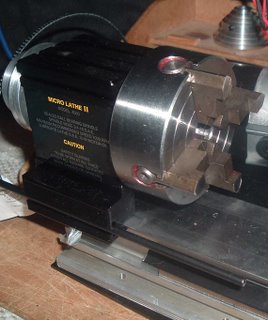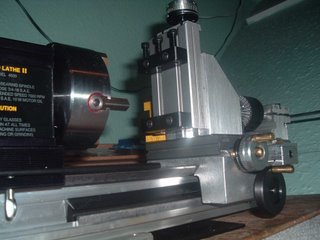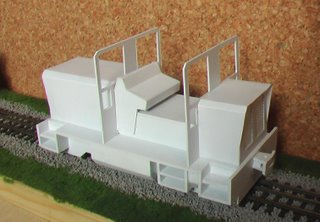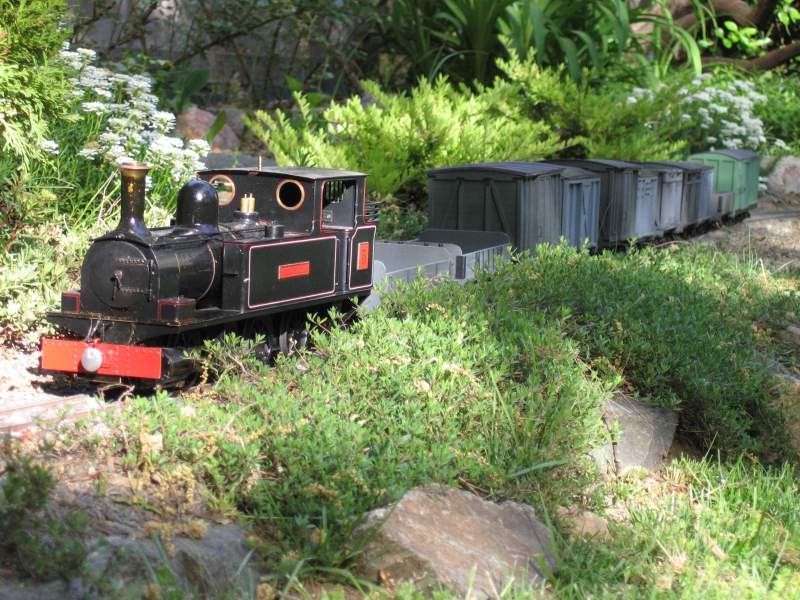Learning about the Lathe - part 3 - Getting it together

There you are - the beast assembled and shining for albeit without power and with everything I could manage attached in a totally none practical way.This part will go through some of the components and explain why I chose them, and how they all piece together.

Firstly the chuck - I have gone for a 4 jaw chuck - the chuck holds the work that spins around and whilst a four jaw is harder to set up precisely - each jaw being independent, it is far more flexible in that it can hold square and irregular stock as well as bars. One further accessory required as a result of this decision will be a dial gauge that helps you work out when you work is centred in the chuck. More good advice came recommending that a set of collets would be advisable to hold rods as they allow you to hold the rods centred, very precisely without too much messing around. Peatol sell a set of 7 plus a blank one to allow you make your own size up. The collets fit onto the headstock spindle, which means the chuck has to be removed - so you will need the spanner offered by Peatol!

This next contraption is the vertical slide - mounted here on the cross slide, which between them allow you to do basic milling work on the lathe. In short the tool is mounted on the headstock spindle (as above) and rotates, while you move the work using one of the two wheels on the slides, taking a small shaving off the work in one plane. This is a much cheaper option than a milling machine!
At the other end of the lathe - the tailstock - is the drilling attachment with a jacob's chuck attacked to the spindle. The Peatol has a lever that allows you to push the drill towards the spinning work held in the headstock collet or chuck. Neat isn't it? There are 2 chucks needed to cover the range of bit sizes.
Also there are a toolpost - to hold the cutting tools - 1/4 inch size or 6mm (?) shanks are the thing, pullies, a mounting plate and assorted allen keys.
When the parcel arrives, expect to have to spend some time assembling everything - the Peatol also requires that the main components are lapped onto the bed - a messy business involving an oily paste which is then all washed off. This is well covered in both the book and the instructions that come with the lathe. The other prerequisite is somewhere to keep everything - not just a site for the lathe, but somewhere clean and organised to keep all the allen keys, spanners, drills, cutting tools, chucks, spare belts, collets etc. etc.
In part 4 I'll discuss setting the lathe up and motor and whatever else happens along the way!













